Emerald Green Arborvitae Disease
Emerald green arborvitae disease. During winter and early spring when the soil is frozen but ambient temperatures rise arborvitae. With a narrow pyramidal habit Emerald Green Arborvitae has a great natural shape for hedging and also responds well to regular pruning. Freeze and Thaw Cycles.
Emerald Green Arborvitae Disease Information Currently the Emerald Green Arborvitae is free of any serious disease but they do sometimes suffer from cankers or needle blight. In the case of cankers you should simply trim the dead limbs and make sure your plant. PureSpray Green in an effective way to control Mold.
The disease is known as cedar leaf blight aka. Emerald green arborvitae also called Thuja occidentalis Smaragd is an evergreen Cypress tree that belongs to the Cupressaceae family. When it is starved of irrigation or rainfall browning.
Anytime you notice dead spots browning branch tips or dying twigs especially on an arborvitae that has a pest infestation suspect a fungal disease usually a type of blight. The Oriental arborvitae is particularly susceptible to Berckmanns Blight and it can be quite damaging to the plant. Causes of Emerald Green Arborvitae Turning Brown Drought Stress.
Arborvitae requires evenly moist and rich soil. The oldest branchlets turn brown in autumn and fall off. Department of Agriculture plant hardiness zones 4 to 8.
Emerald Green is disease resistant and easy to grow making it a popular low-maintenance hedge. The sooty mold is passed in the wind from tree to tree in spore form where it sticks to the insect secretions germinates and strands outward. The Emerald Green Arborvitae performs well in a variety of soil and weather conditions including snow and ice.
The cypress tip miner Argyresthia cupressella attacks Emerald Green arborvitaes on the West Coast where female moths lay eggs on the tips of. Green emerald arborvitae Thuja occidentalis Smaragd is an evergreen tree or shrub growing in US.
With a narrow pyramidal habit Emerald Green Arborvitae has a great natural shape for hedging and also responds well to regular pruning.
Freeze and Thaw Cycles. The term arborvitae is a Latin term that means tree of life. Arborvitae requires evenly moist and rich soil. Disease Symptoms PathogenCause Management. Keithia blight and historically has been more prevalent in the warm and moist growing regions of the Pacific Northwest than the Southeast. Emerald Green Arborvitae Disease Information Currently the Emerald Green Arborvitae is free of any serious disease but they do sometimes suffer from cankers or needle blight. Anytime you notice dead spots browning branch tips or dying twigs especially on an arborvitae that has a pest infestation suspect a fungal disease usually a type of blight. Symptoms of a fungal problem. The Oriental arborvitae is particularly susceptible to Berckmanns Blight and it can be quite damaging to the plant.
Emerald Green is disease resistant and easy to grow making it a popular low-maintenance hedge. Branchlets rather than scale leaves are shed in. Disease Symptoms PathogenCause Management. Emerald Green Arborvitae Disease Information Currently the Emerald Green Arborvitae is free of any serious disease but they do sometimes suffer from cankers or needle blight. The oldest branchlets turn brown in autumn and fall off. Keithia blight and historically has been more prevalent in the warm and moist growing regions of the Pacific Northwest than the Southeast. This coating of mold serves to block light from reaching the chlorophyll in the leaves hampering the arborvitaes ability to produce food for itself.

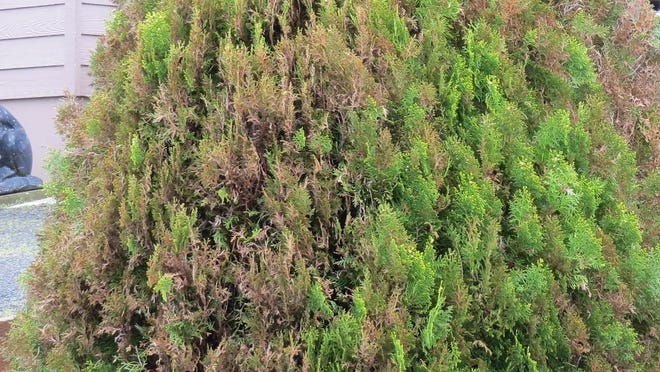
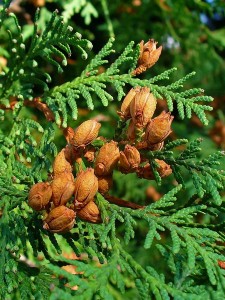










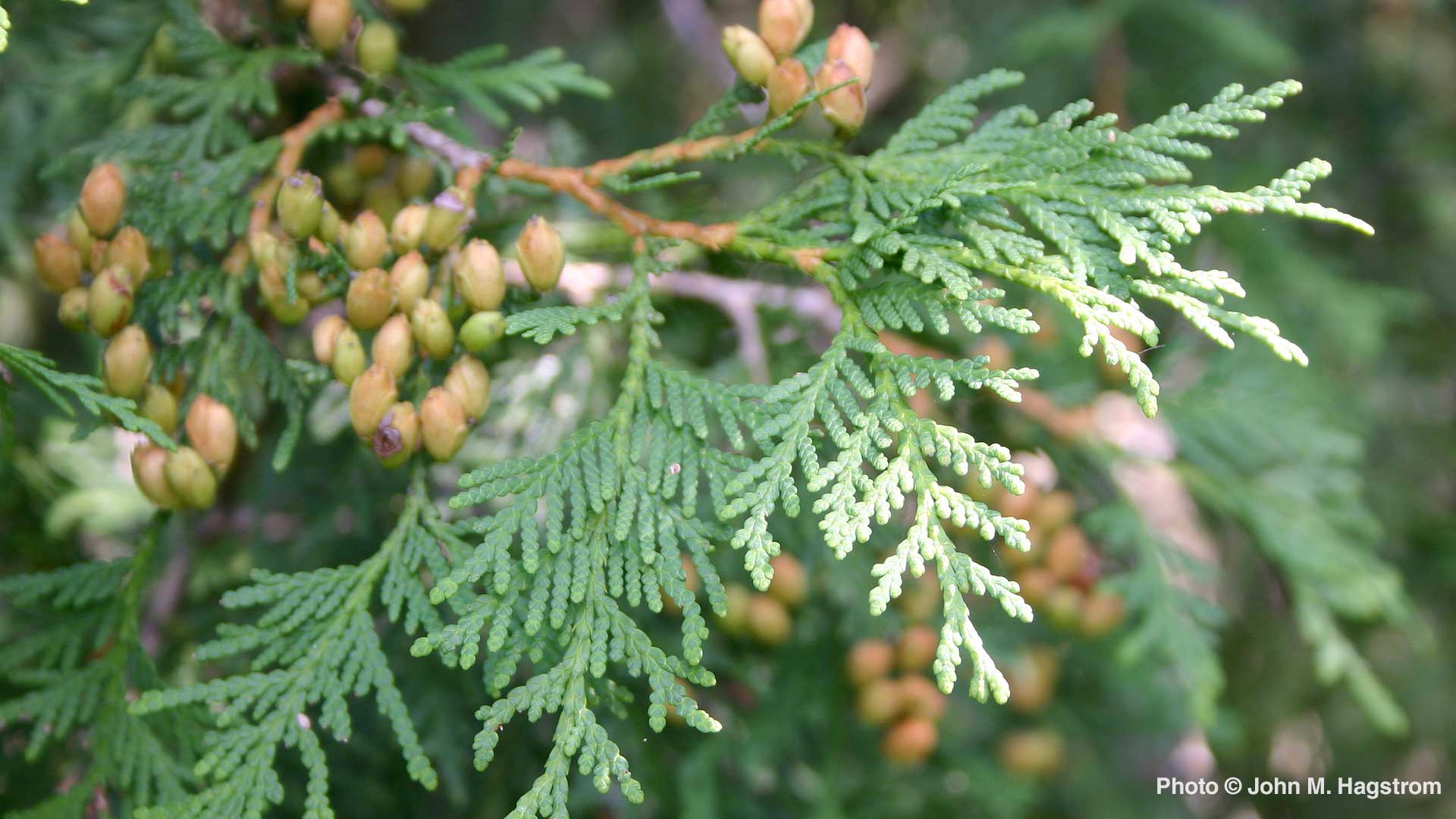
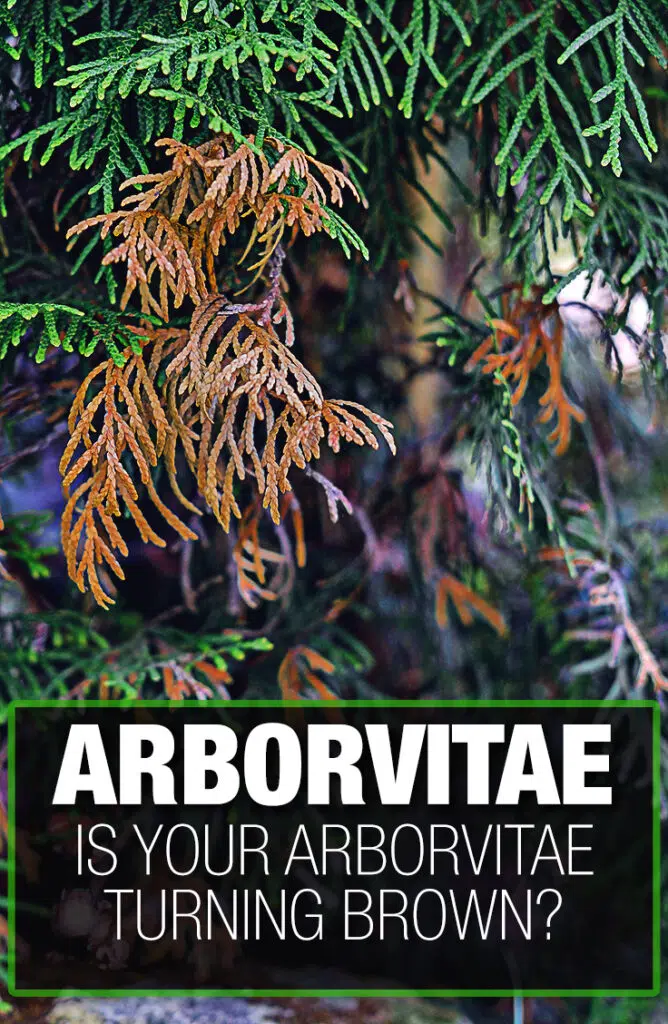



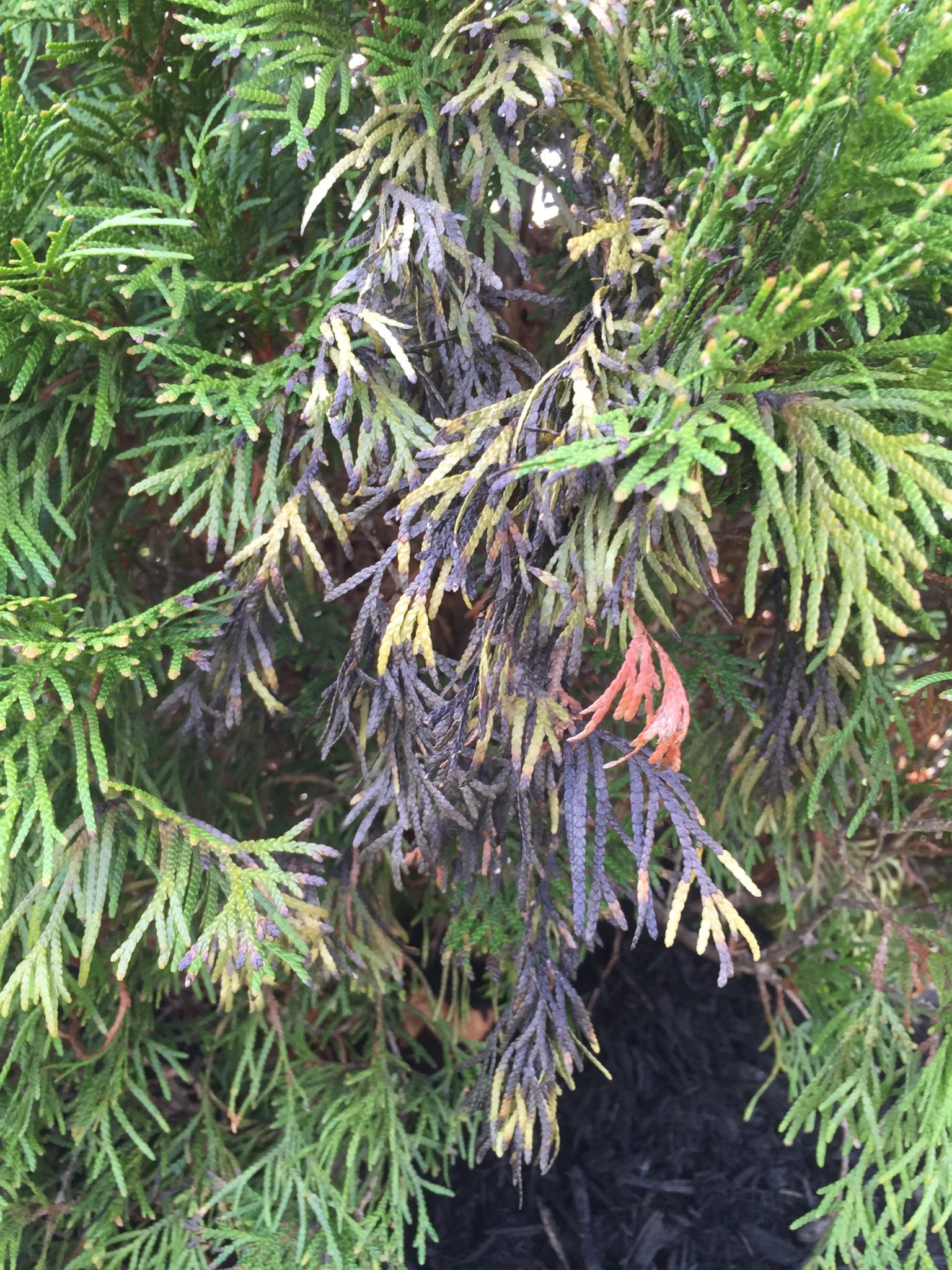


:max_bytes(150000):strip_icc()/emerald-green-arborvitae-trees-2132081-02-faf2b0198e714798ac7c85ebe357bd44.jpg)



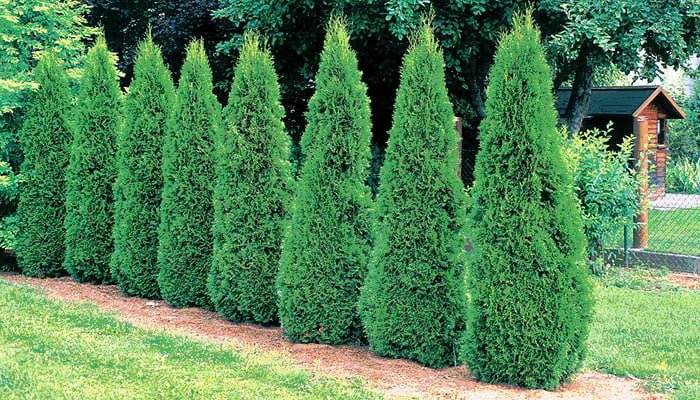
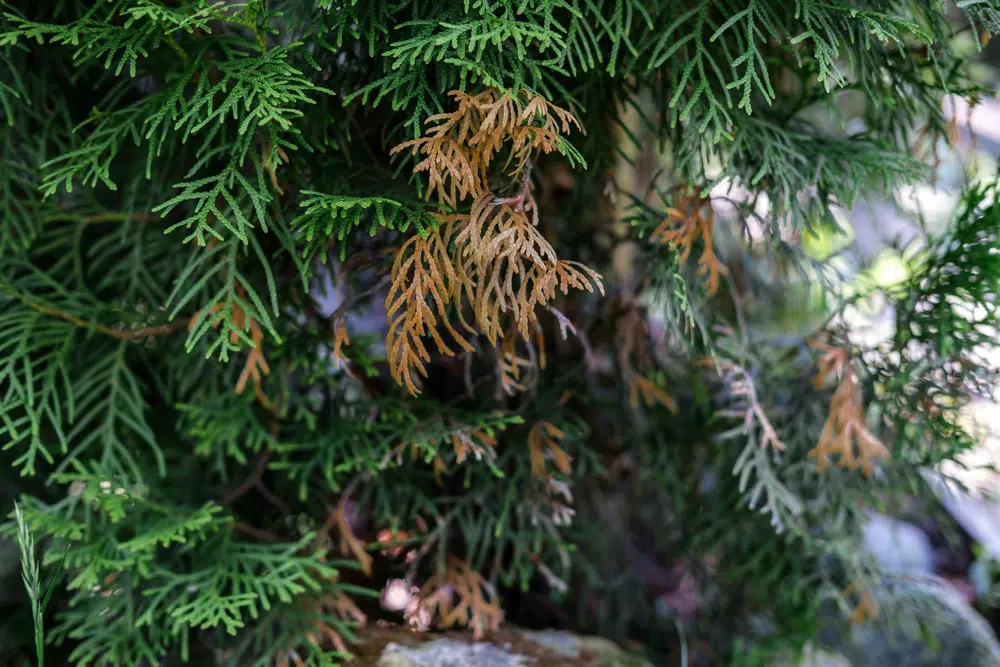
/emerald-green-arborvitae-trees-2132081-hero-ba7653c29acc4f24afd527de6ee639e4.jpg)






/cdn.vox-cdn.com/uploads/chorus_asset/file/20072569/AdobeStock_133607327.0.jpeg)



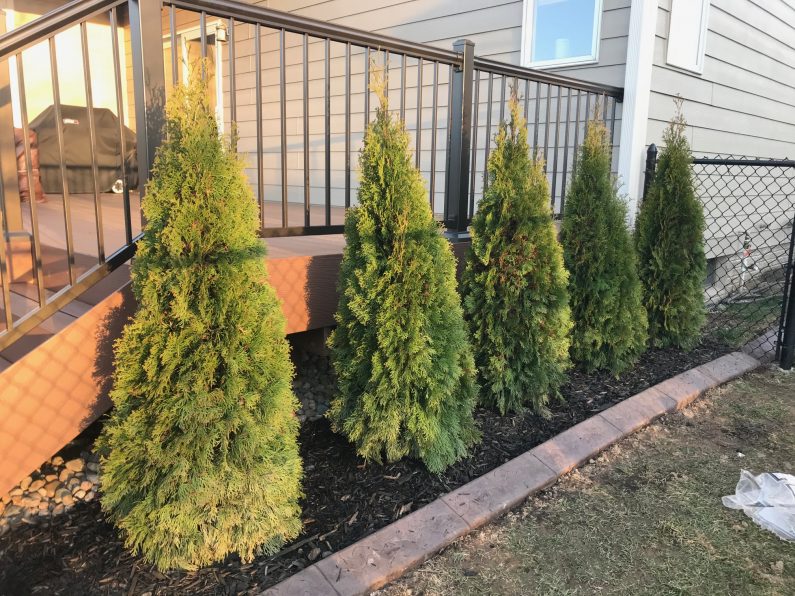


Post a Comment for "Emerald Green Arborvitae Disease"